Dear Editor,
I have been picking up my son’s copy of your magazine and admired the attention to detail and the amount of input from veterans.
I was wondering if there are any former Special Escort Guards from the trials that are still around. My father was one of the guards and had spoken to us about his memories of the event. He was able to return to the courtroom many years later and had found a few people in our area that had been there in other times and in other roles.
My father told us about the clean-up efforts and the house-to-house searches. He trained for the ski patrol and climbed a mountain near Garmisch. And then he would tell us of how he became a guard. He was on watch one night when the colonel came in and tried to enter without a pass. My father refused and after many attempts the colonel left. The next day my dad was made a Special Escort Guard.
Throughout the trials he stood watch. He saw the movie reels and could hear the American and English judges and lawyers. He escorted the elite of the German military to the gallows and had his gloves turn red with blood as he carried them down.
He was proud to be a member of the Army. He never wanted any of us to forget what happened in World War II and he also taught us the importance of those trials. Never forget.
Ann Hein
Markesan, Wisconsin
Carrier War in the Pacific
Dear Editor:
In Sam McGowan’s interesting piece (Ordnance, Winter 2009 issue) on the F4U Corsair, a great aircraft, he states that, in 1942, “due to heavy carrier losses at the battles of the Coral Sea and Midway, naval aviation was temporarily out of the war…”
While there were significant losses in both men and aircraft in these battles, along with the losses of the Lexington and the Yorktown, naval aviation was hardly “out of the war.” The Saratoga, the Enterprise, and the Wasp were all in support of the initial landings at Guadalcanal, despite Admiral Fletcher’s decision to withdraw them early. All three were involved in the late August Battle of the Eastern Solomons. The Saratoga was torpedoed at the end of August, returning for repairs to the West Coast.
The Wasp was sunk by torpedoes shortly afterward. Still, the Enterprise and Hornet participated in the late October Battle of the Santa Cruz Islands.
Only then, with the Hornet sunk and the Enterprise damaged, were carriers temporarily out of the war. Even then, aircraft from the damaged Enterprise, staged up through Henderson Field on Guadalcanal, contributed to the sinking of several Japanese ships during the Naval Battle of Guadalcanal (including, I believe, the damaged battleship Hiei, the heavy cruiser Kinugasa, and several of Tanaka’s transports). Pretty good record for being “out of the war.” Despite this one point of correction, I found McGowan’s article quite strong.
Vincent Casaregola
St. Louis, Missouri
British Losses in Ceylon
Dear Sirs:
I just finished reading Profiles in the January 2010 issue of WWII History, and I must say that I really enjoyed it. I guess I could be accused of being a nitpicker, but feel that a publication that is supposed to be history-oriented should be as true as possible in its facts.
The article about British Air Defense of Ceylon in April 1942 is excellent, however it is not totally correct. On page 14, Mr. Kugel states: “The Japanese attack on Ceylon failed to destroy the British Eastern Fleet. Unknown to the Japanese, the British ships had been alerted and had moved to sea.The Japanese sank only an armed British merchant cruiser and an old destroyer.”
The facts are that the British also on the day of April 5, 1942, suffered the loss of two cruisers, HMS Cornwall and HMS Dorsetshire, due to Japanese air attacks. Also, on April 9, 1942, the Japanese Striking Force launched attacks on Trincomalee, Ceylon, which resulted in the sinking of the aircraft carrier HMS Hermes, off Batticaloa, Ceylon. Lost with Hermes were the destroyer Vampire and the corvette Holly Hock. It was a calamity for British Naval Forces in the Indian Ocean.
Joseph Russell Jr.
King, North Carolina
Cuba’s Batista
Dear Editor:
Recently I found your magazine with a nice, interesting article about a German spy in Havana (Top Secret, January 2010 issue).
I must take extreme umbrage at the portraying of President Fulgencio Batista, may he rest in peace, as a dictator.
To clarify your historical misunderstanding, let me inform you that President Batista was duly and democratically elected in 1940 and he left office in 1944 also as a result of a democratically conducted election. The description of the president as a thug left much to be desired in your article. While it is true that he had ample support from the United States during the Roosevelt, Truman, and Eisenhower administrations, he did not do any dirty work for anyone.
While most of the people alive at that time are now dead, several of us who had the privilege of hearing some of this care for the purpose of history.
It is rather lamentable that the president is mentioned in such a bad light, while Mr. Fidel Castro is not mentioned as a true dictator who has just completed 51 years of revolutionary administration with thousands of dead and political prisoners who dared to oppose his government.
For your information, General Manuel Benitez and Colonel Mariano Faget—who I knew and are both dead—used the standard propaganda at that time. I would also like to remind your historian that Cuba, along with the other American countries with the exception of Argentina and I believe Paraguay, where Higinio Moringo and Alfred Stroessner were heads of the government, declared neutrality because of sociopolical reasons.
The loss of shipping off the Cuban coast was a result of Wilhem Canaris’s deployment of German submarine operations in the Caribbean under Operation Neuland (New Land), with U-67, U-502, U-161, and U-129 off the coast of British and Dutch Guiana for the purpose of squeezing the oil supplies from the Esso Refinery in Aruba, the Venezuelan oil shipments, and the bauxite supplies required for aluminum production.
As for Mr. Spruille Braden, U.S. ambassador to Cuba, I knew him in the early 1960s in New York. He was a very good friend of President Batista, and Batista was never a reluctant ally of the United States. As far as Lüning’s trial is concerned, he was a spy and was duly tried, convicted, and executed as a spy. That also happened in the United States, if I recall correctly.
I know you probably don’t care about this letter, but I did it to set the record straight.
Joseph Cubeiro
Avon Park, Florida
Note: Opinions expressed in “Dispatches” do not represent those of the writers, editors, or staff of WWII History or Sovereign Media.
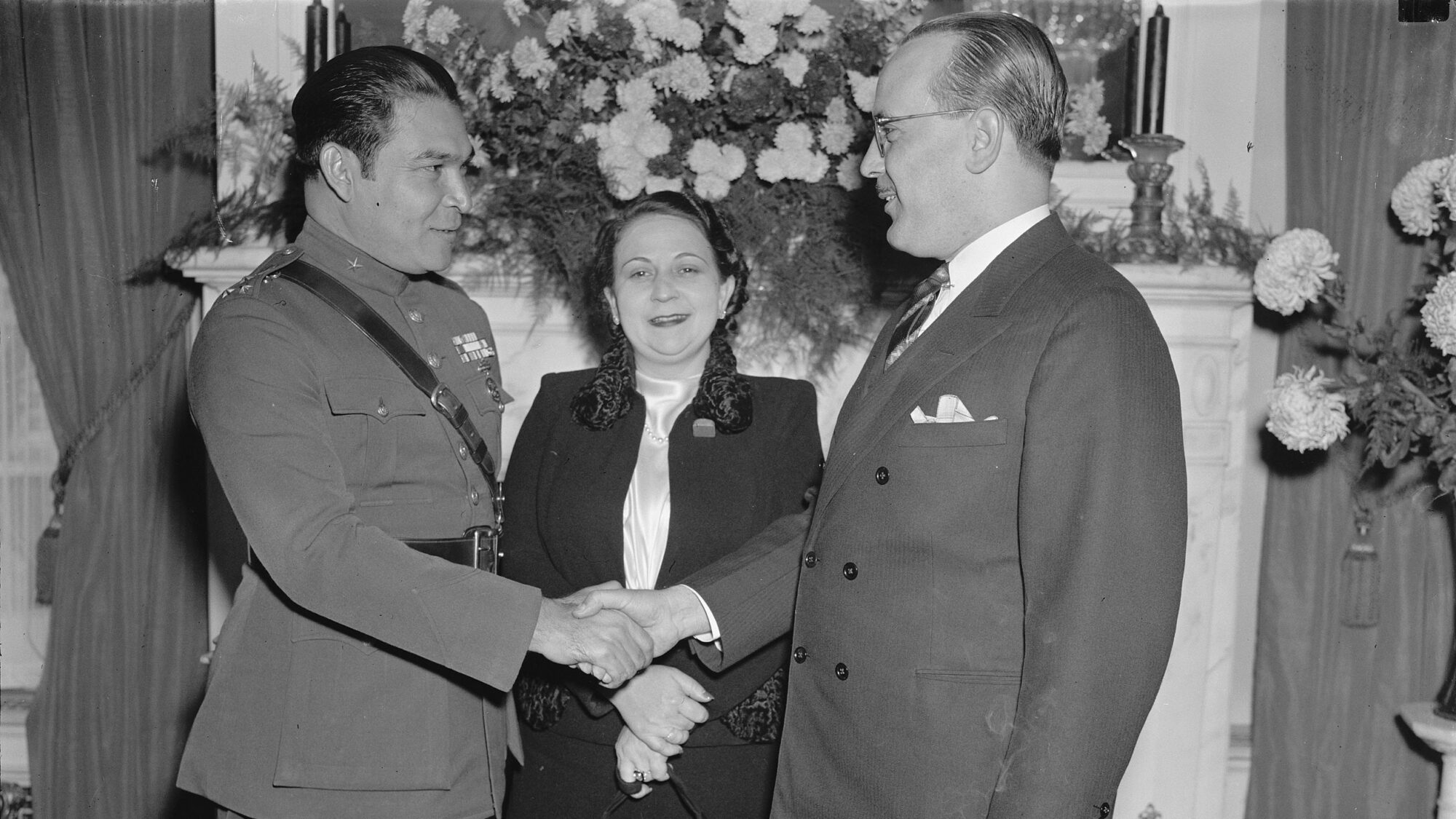
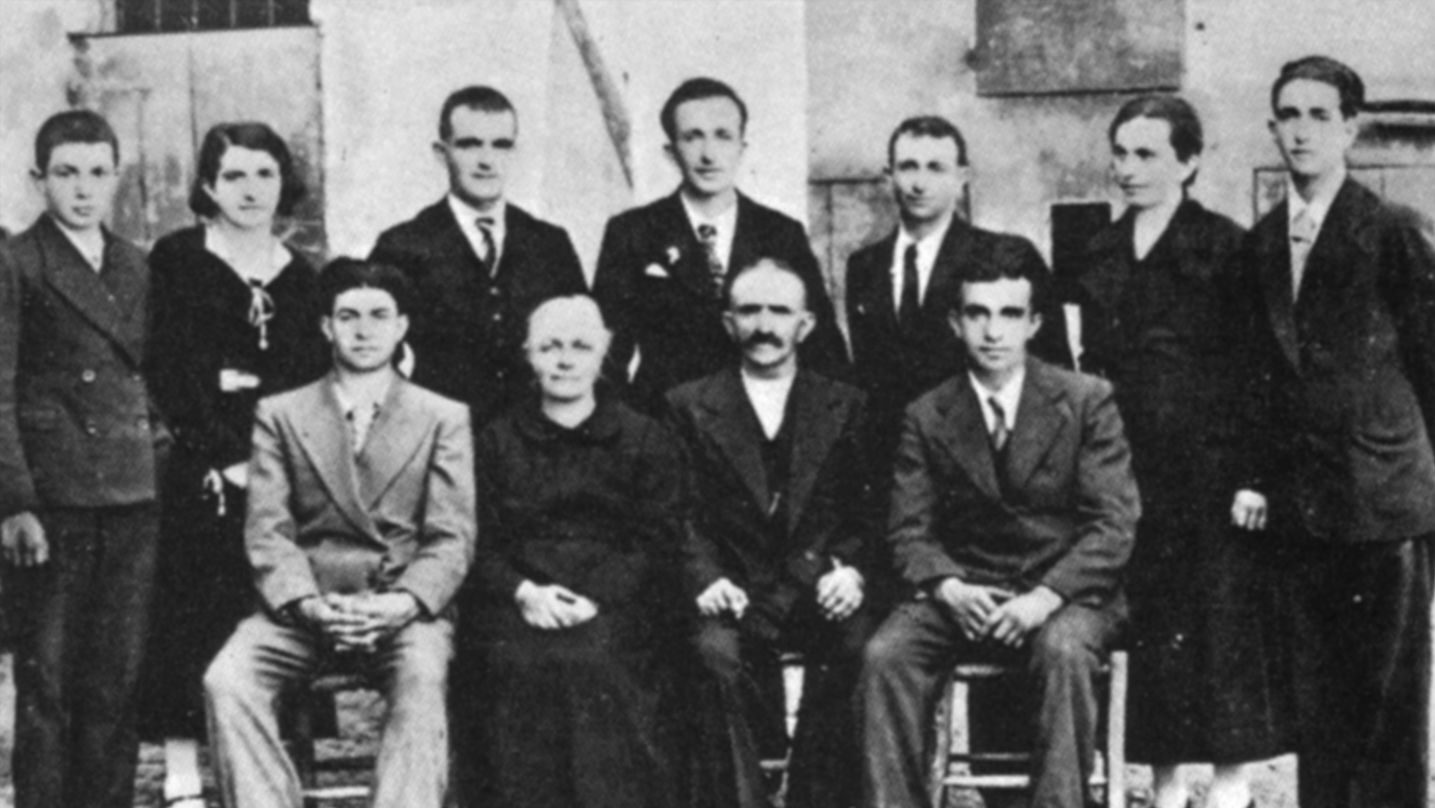
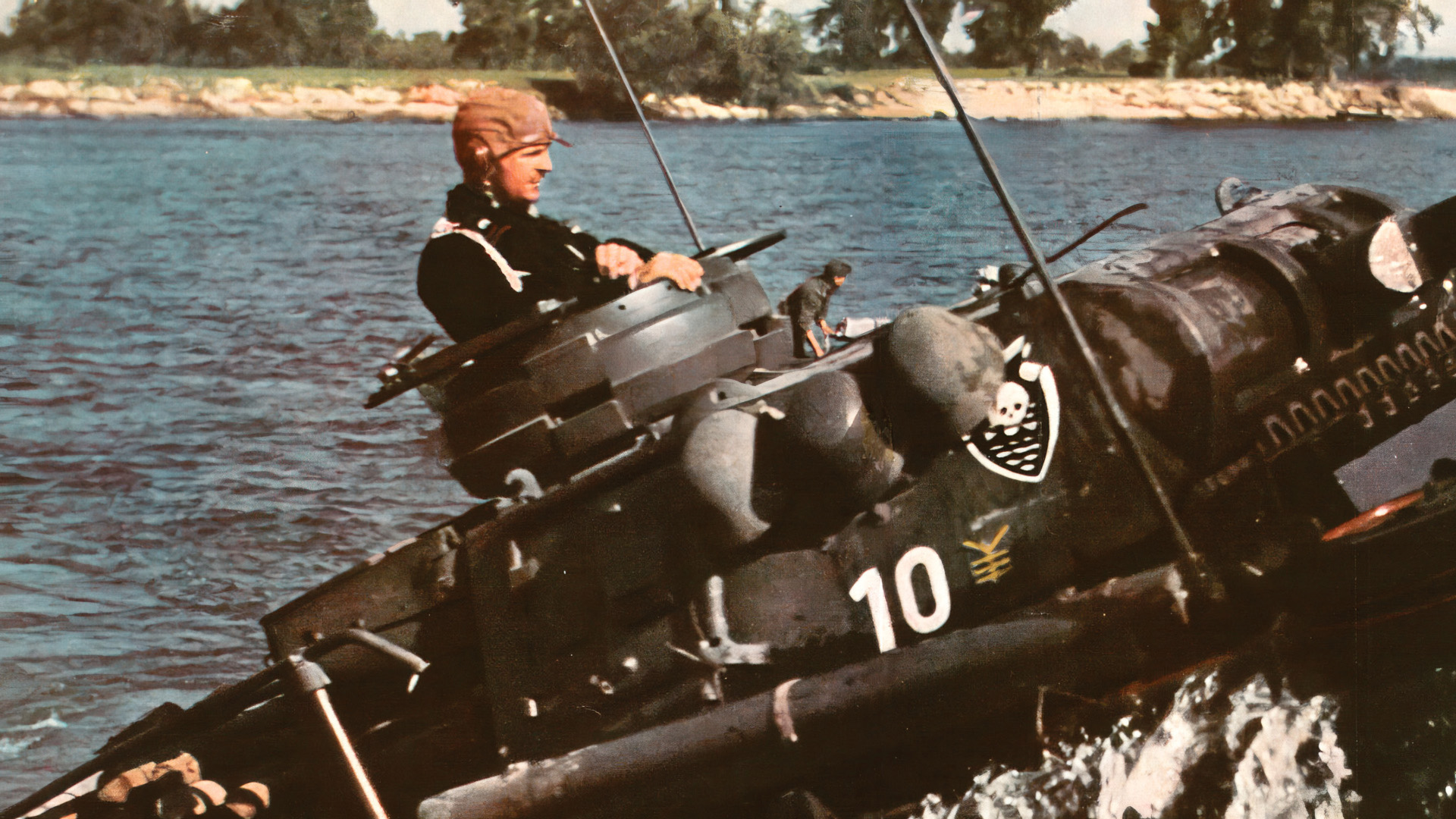
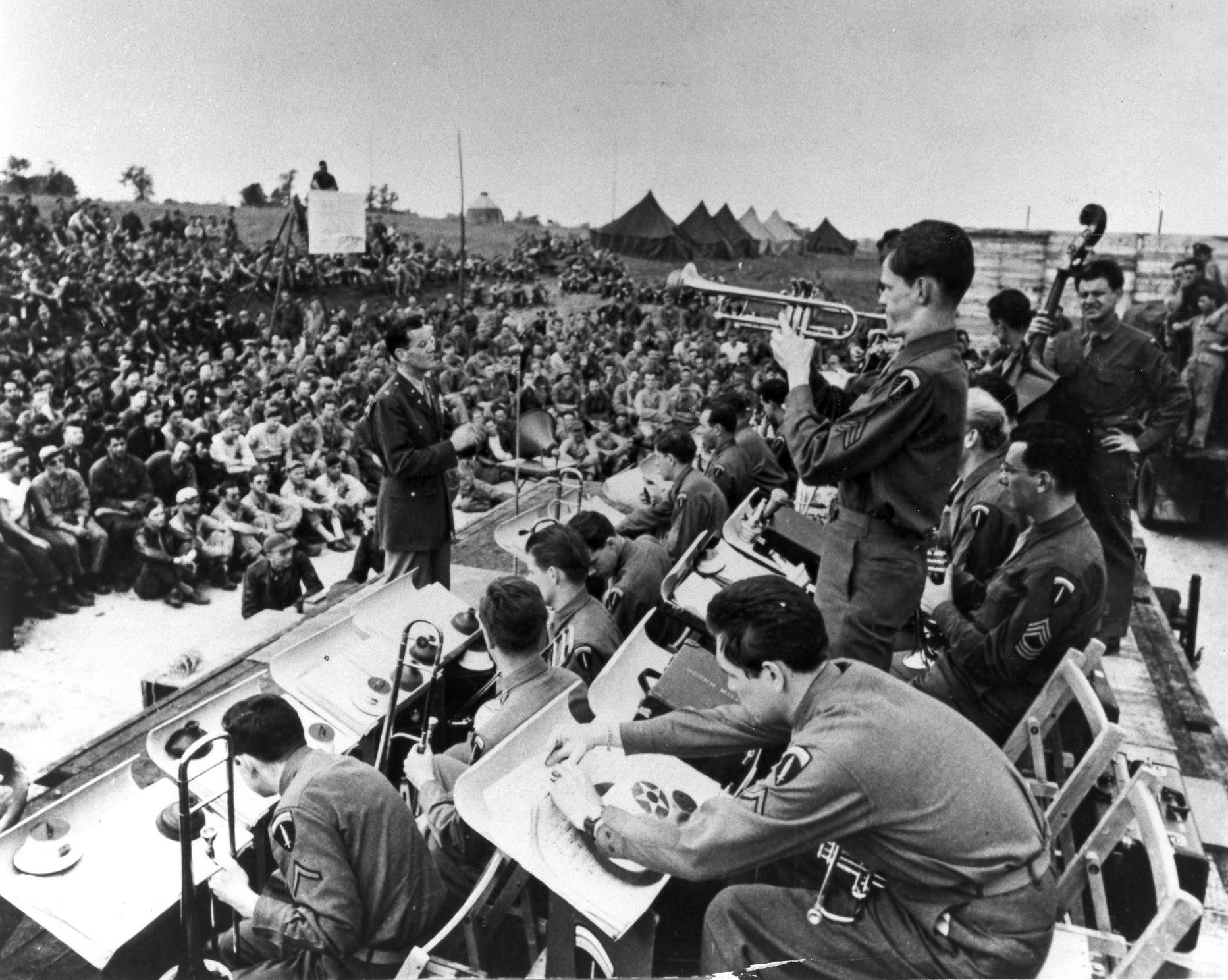
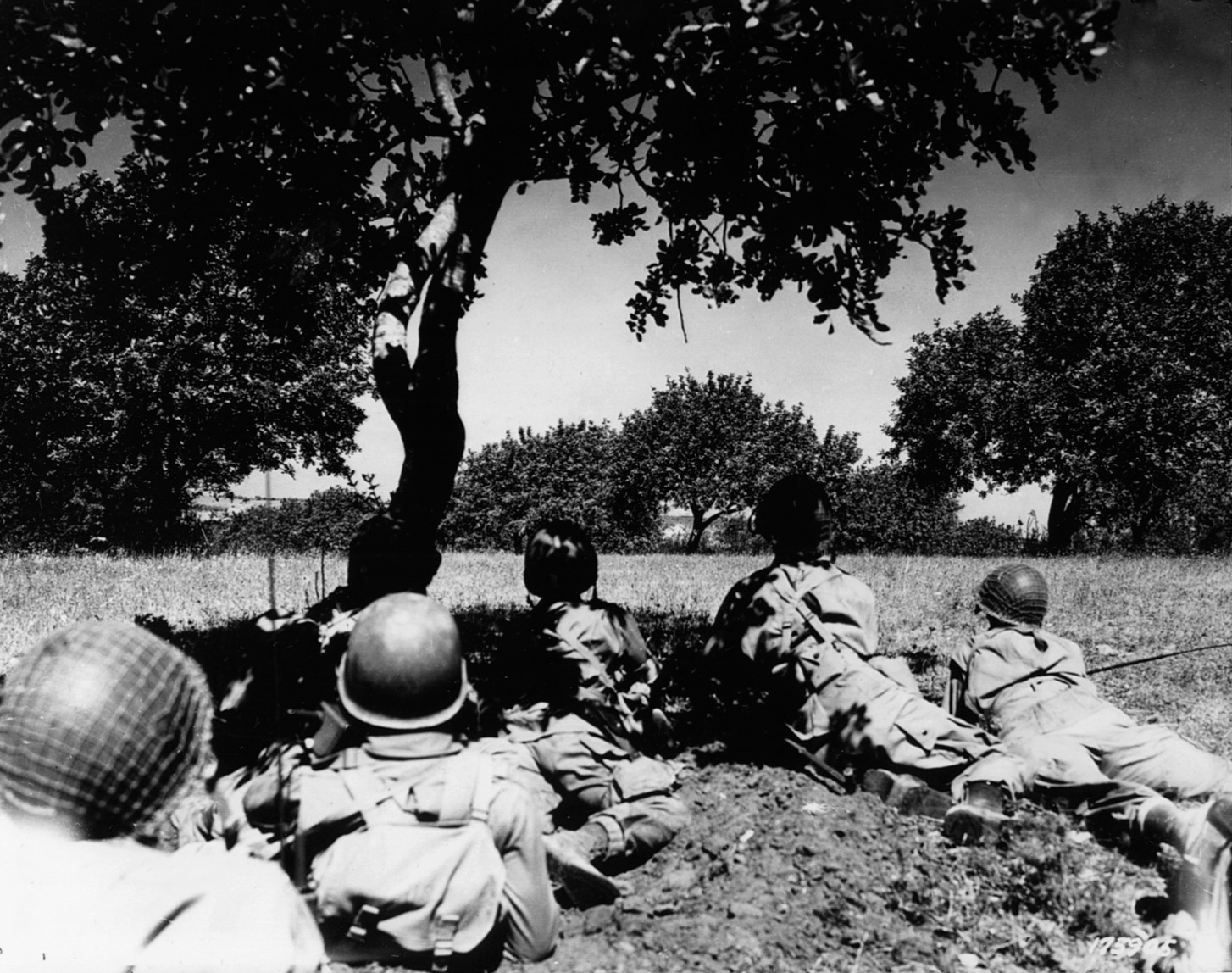
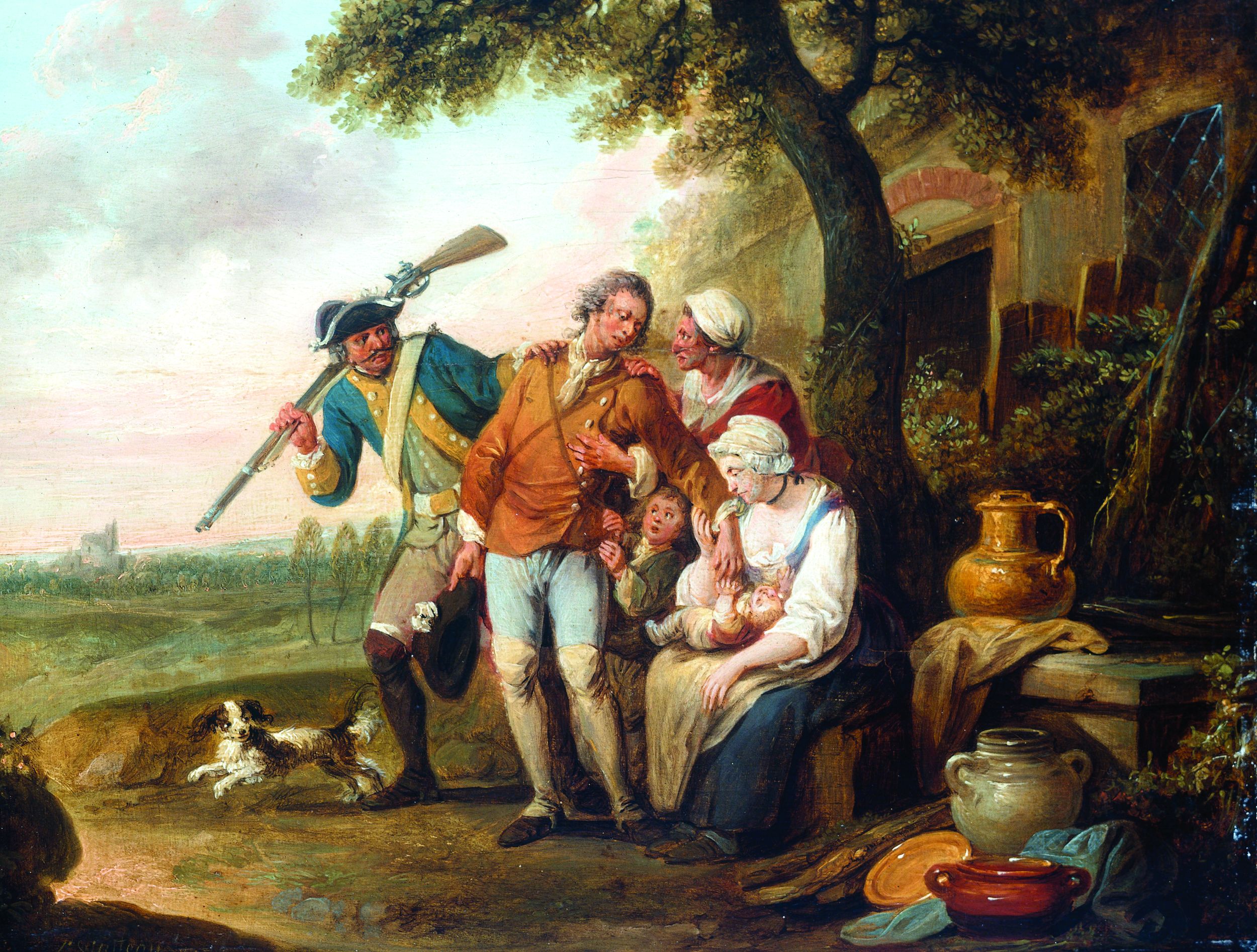
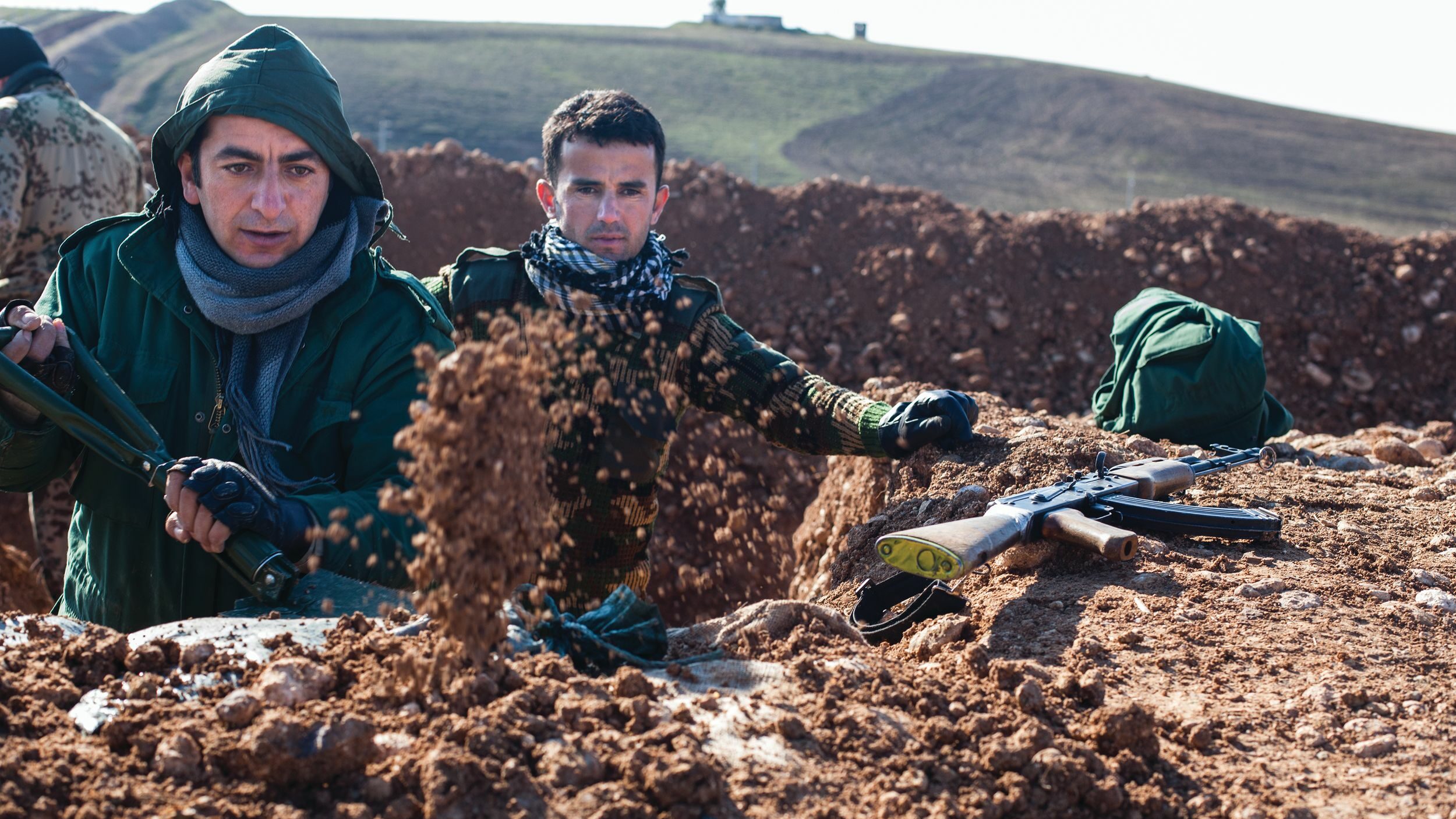
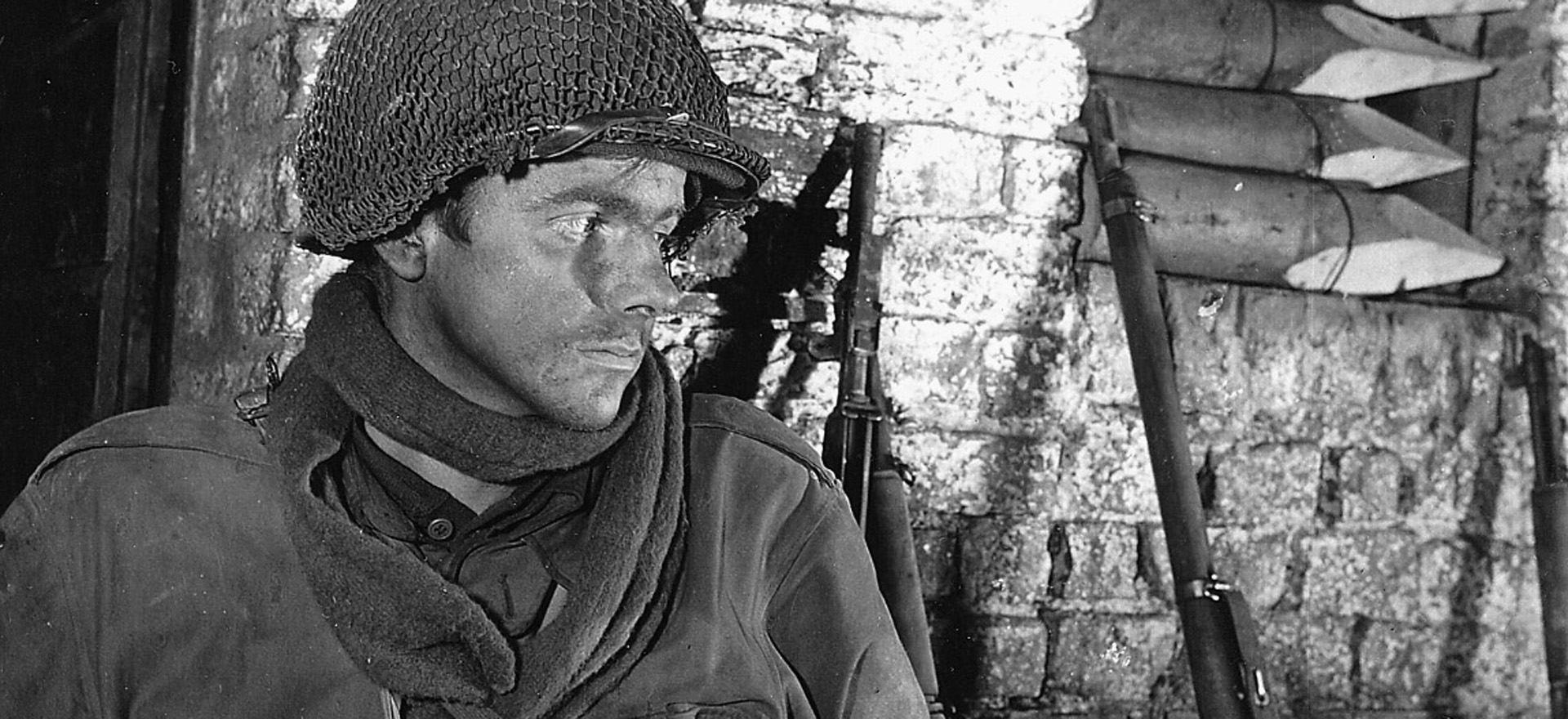
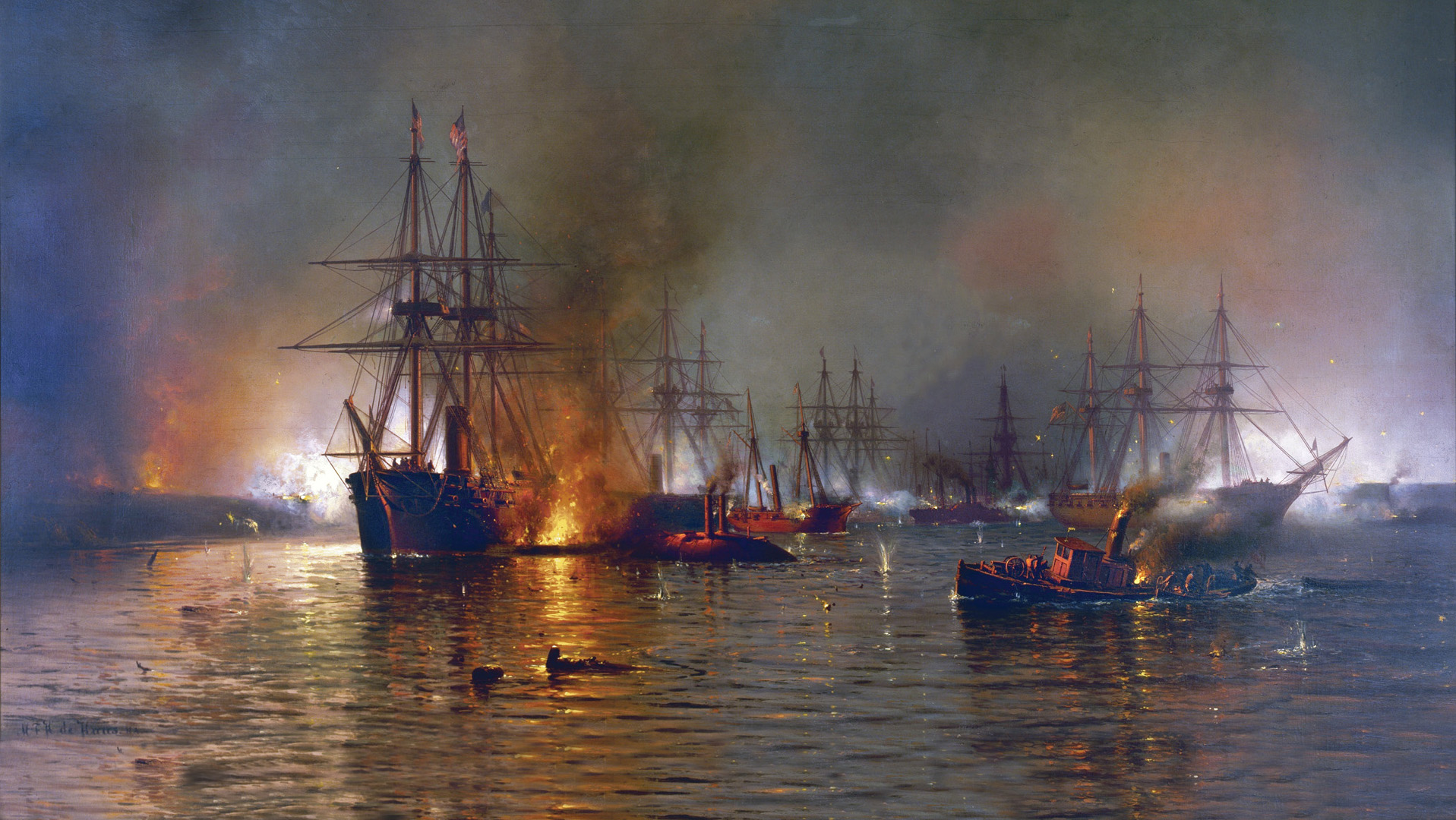
Join The Conversation
Comments
View All Comments